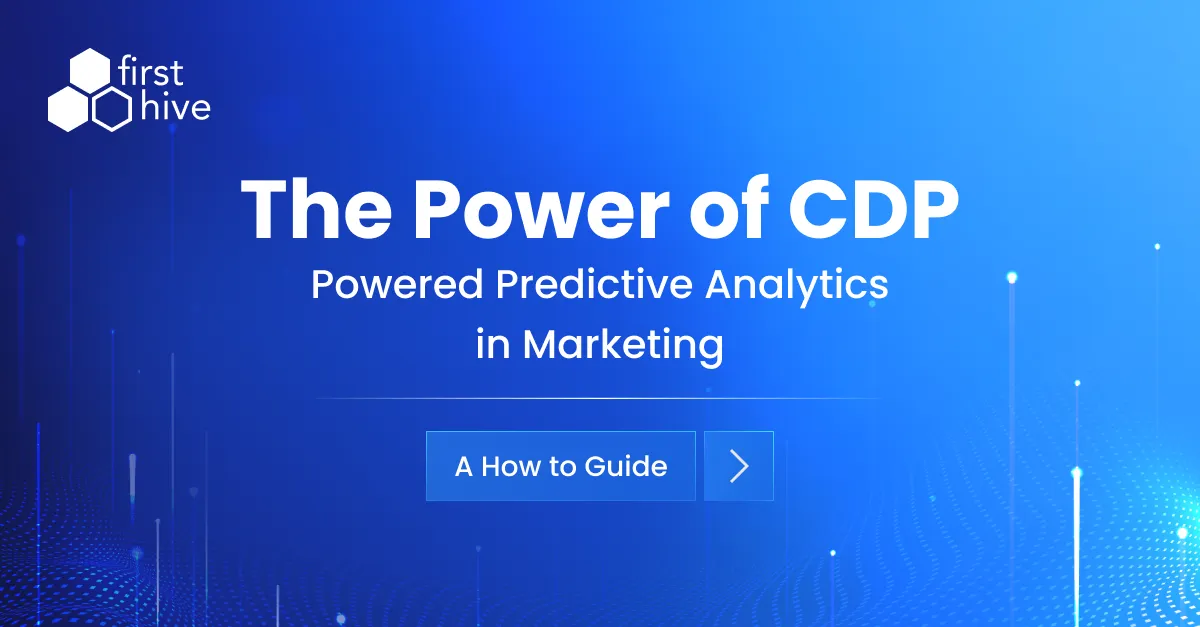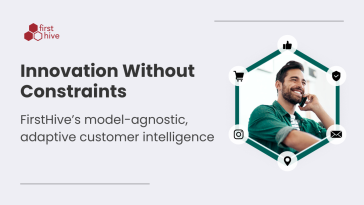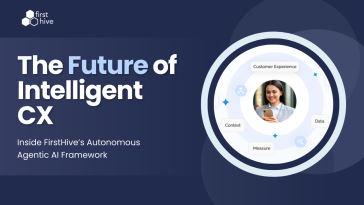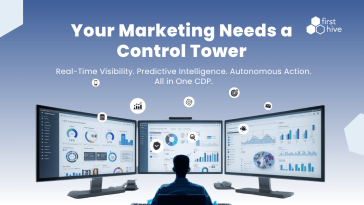In today’s fast-paced digital world, marketers are constantly seeking ways to gain a competitive edge and drive success. One powerful tool that has emerged in recent years is predictive analytics. By harnessing the power of data and advanced algorithms, predictive analytics enables marketers to make informed decisions, optimize campaigns, and drive better results. In this tutorial, we will explore the world of predictive analytics in marketing and how it can revolutionize your approach to data-driven marketing campaigns.
What is a Customer Data Platform (CDP)?
A Customer Data Platform (CDP) is a sophisticated data management system that collects, integrates, and unifies customer data from multiple sources into a single, centralized database. This unified customer view allows businesses to better understand and engage with their customers. Key features of a CDP include:
- Data Integration: Combines data from various sources such as CRM systems, social media, websites, and offline sources.
- Customer Profiling: Creates comprehensive profiles for each customer by merging data points.
- Data Activation: Enables the use of unified data for marketing campaigns, analytics, and customer engagement.
What is Predictive Analytics?
Predictive analytics uses historical data, machine learning, and statistical algorithms to predict future outcomes. In marketing, it helps businesses forecast customer behavior, preferences, and potential actions. Key principles of predictive analytics include:
- Data Mining: Extracting patterns from large datasets.
- Modeling: Creating algorithms to predict future trends based on historical data.
- Forecasting: Using models to make predictions about future customer behaviors
Key Components and Techniques
Predictive analytics relies on several key components and techniques to deliver accurate insights. These include data collection, data cleaning, data modeling, and data validation. Data collection involves identifying the right sources of data, such as customer interactions, purchase history, and demographic information. Data cleaning ensures that the collected data is accurate, complete, and free from errors. Data modeling involves selecting the appropriate predictive modeling techniques, such as regression analysis, decision trees, or neural networks. Finally, data validation is crucial to ensure that the predictive models are accurate and reliable.
The Impact of CDP-Powered Predictive Analytics:
- Enhanced Customer Insights: Customer Data Platforms (CDPs) play a pivotal role in consolidating data from various sources, providing marketers with comprehensive insights into customer preferences, behaviors, and lifecycle stages.
- Hyper-Personalized Campaigns: Predictive analytics leverages patterns and trends within the data to facilitate the creation of hyper-personalized marketing campaigns tailored to the unique preferences and behaviors of individual customers.
- Optimized Marketing Spend: Through predictive analytics, marketers can allocate their budgets more efficiently by identifying high-value prospects and predicting the effectiveness of different marketing channels, ensuring maximum ROI from their marketing investments.
By analyzing customer data, marketers can identify the characteristics and behaviors of their most valuable customers and use this information to target similar individuals. This leads to more effective and personalized marketing campaigns, resulting in higher conversion rates and increased ROI.
Key Strategies for Implementation:
Setting Up Your CDP for Predictive Analytics
Choosing the Right CDP
Selecting a CDP that fits your business needs is crucial. Look for features such as:
- Data Integration Capabilities: Ability to seamlessly integrate with your existing systems.
- Scalability: Can handle growing amounts of data and increasing complexity.
- User-Friendly Interface: Easy to use for both technical and non-technical users.
- Examples of Popular CDPs: FirstHive, Treasure Data, ActionIQ, Amperity.
Integrating Data Sources
To maximize the effectiveness of your CDP, integrate data from all relevant sources:
- CRM Systems: Capture customer interactions and purchase history.
- Social Media: Monitor engagement and sentiment.
- Web Analytics: Track website behavior and conversions.
- Offline Sources: Include in-store purchases and customer service interactions.
Building Comprehensive Customer Profiles
Comprehensive profiles are the foundation of effective predictive analytics. Ensure data accuracy and consistency through:
- Data Enrichment: Augment profiles with additional data points from external sources.
- Data Cleaning: Regularly update and cleanse data to maintain accuracy.
- Data Consistency: Standardize data formats and values.
Implementing Predictive Analytics in Your Marketing Strategy
Data Integration and Quality Assurance: Integrating diverse data sources into the CDP is paramount, as it serves as the centralized repository for customer data. Ensuring data quality is essential to derive accurate predictions and insights. The CDP acts as the linchpin, harmonizing data from various touchpoints such as CRM systems, social media platforms, and transactional records, ensuring a comprehensive view of the customer journey.
Building Predictive Models: Developing robust predictive models within the CDP involves a systematic approach. This includes thorough data preparation, where raw data is cleansed, transformed, and standardized to enhance its quality and usability. Feature selection is then employed to identify the most relevant variables that contribute to predictive accuracy. Subsequently, model training and validation processes are conducted, leveraging advanced algorithms within the CDP to create predictive models that effectively forecast customer behaviors and trends.
Continuous Iteration and Optimization: Predictive analytics is inherently iterative, and the CDP facilitates this process seamlessly. By continuously refining models based on real-time data inputs, marketers can ensure the relevance and effectiveness of their predictive insights. The CDP’s agility enables quick adaptation to changing market dynamics and evolving customer preferences, empowering marketing teams to stay ahead of the curve and drive impactful campaigns with precision and agility.
Measuring the Impact of Predictive Analytics
Monitor the effectiveness of your predictive analytics efforts with key metrics:
- Customer Engagement Metrics: Track email open rates, click-through rates, and social media engagement.
- Conversion Rates: Measure the percentage of customers who complete desired actions.
- ROI: Calculate the return on investment for your predictive analytics initiatives.
Analyzing and Interpreting Results
Use analytical tools to assess the performance of your predictive models:
- Comparative Analysis: Compare predicted outcomes with actual results.
- Refinement: Adjust models and strategies based on performance data.
- Continuous Improvement: Regularly update models to incorporate new data and improve accuracy.
Overcoming Challenges and Pitfalls
Implementing predictive analytics in marketing is not without its challenges. Common challenges include data quality and privacy issues. However, FirstHive’s CDP addresses these challenges by providing robust data management and privacy features. Marketers can ensure data quality by using FirstHive’s data cleaning and validation tools. Additionally, FirstHive’s CDP ensures compliance with data privacy regulations, giving marketers peace of mind.
Companies across various industries have achieved significant improvements in their marketing ROI by using FirstHive’s CDP. You can learn more about how FirstHive created succes for it’s customers here.
Conclusion
Predictive analytics is a game-changer in the world of marketing. By harnessing the power of data and advanced algorithms, marketers can make informed decisions, optimize campaigns, and drive better results. FirstHive’s CDP offers marketers a comprehensive solution for predictive analytics, enabling them to target the right audience, personalize marketing campaigns, and optimize marketing strategies. By implementing predictive analytics with FirstHive’s CDP, marketers can unlock the full potential of data-driven marketing and achieve unprecedented success. So, why wait? Start harnessing the power of predictive analytics with FirstHive’s CDP and take your marketing to new heights.








